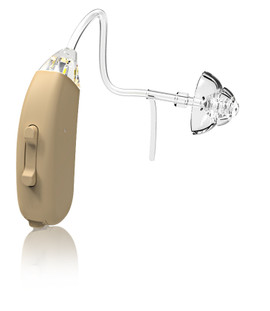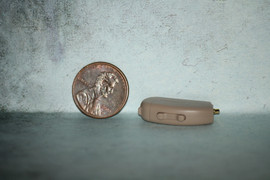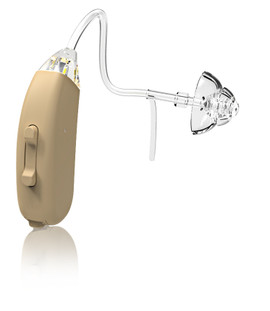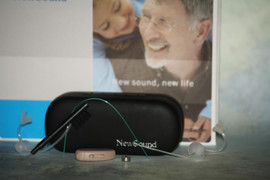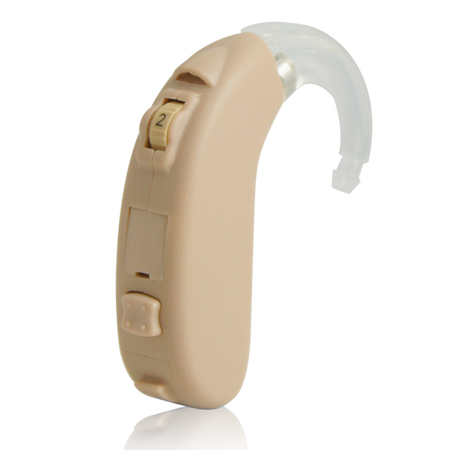The Advantages of Programmable Hearing Aids Over Traditional Hearing Aids
Posted by DR Paul on Jun 09, 2023
Hearing aids are essential devices for those suffering from hearing impairments. They come in two forms: traditional and programmable hearing aids. While traditional hearing aids may have been the norm for many years, programmable hearing aids have emerged as a better and more advanced technology. In this blog post, we will discuss the advantages of programmable hearing aids over their traditional counterparts.
Personalized Sound Amplification:
One of the most significant advantages of programmable hearing aids over traditional devices is that they can be customized to the user's needs. With programmable hearing aids, the audiologist can adjust various sound frequencies and levels to match the user's unique hearing profile. For example, if the user has difficulty hearing higher-pitched sounds, the audiologist can adjust the hearing aid's settings to amplify these sounds. This personalized sound amplification ensures that the user receives the best hearing experience possible.
More Automated Features:
Programmable hearing aids come with more automated features than traditional devices. This means that the hearing aid can detect different listening environments and adjust accordingly. For example, if the user is in a noisy environment, the hearing aid can automatically suppress background noise and amplify speech. The hearing aid can also adjust volume levels depending on the user's preferences.
Better Connectivity:
Programmable hearing aids have better connectivity options than traditional devices. Most programmable hearing aids come with Bluetooth connectivity, allowing the user to stream music and phone calls directly to their hearing aids. Additionally, some hearing aids can connect to smartphone apps, allowing the user to control their hearing aid's settings, track usage, and receive software updates.
Less Feedback:
Feedback is a common issue with traditional hearing aids. This occurs when the microphone picks up sound from the hearing aid's speaker, creating a high-pitched whistling noise. Programmable hearing aids are designed to minimize feedback, using features such as noise reduction and feedback cancellation. This ensures that the user experiences as little feedback as possible and enjoys clearer sound quality.
More Discreet Design:
Finally, programmable hearing aids come in a more discreet design than traditional devices. Some models are so small that they are virtually invisible when worn. This allows the user to enjoy their hearing aid's benefits without feeling self-conscious about their appearance.
Conclusion:
Programmable hearing aids are more advanced and offer numerous advantages over traditional devices. They offer personalized sound amplification, more automated features, better connectivity, less feedback, and more discreet designs. If you are looking for a hearing aid that can cater to your unique hearing profile and fit your lifestyle, a programmable hearing aid may be the perfect option for you. Be sure to consult with your audiologist to determine if a programmable hearing aid is right for you!

